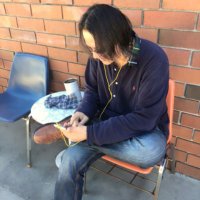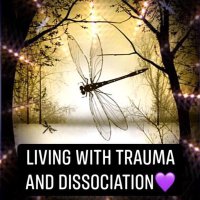
Squirrel Girl
@groovygcrypto
A Honey Badger with Squirrel Girl tendencies. #CycleBreaker #NoBS, #SendMorrisToJail #InvestigateRobison $BTC $SOL.
ID: 1391554363802456066
10-05-2021 00:43:22
2,2K Tweet
335 Takipçi
1,1K Takip Edilen









A new Texas law, Trey's Law, goes into effect on Sept 1! The law bans NDAs in child sex abuse settlements, empowering survivors to speak out. It voids past agreements and promotes accountability for institutions that hide abuse. texastribune.org/paid-post/trey…











